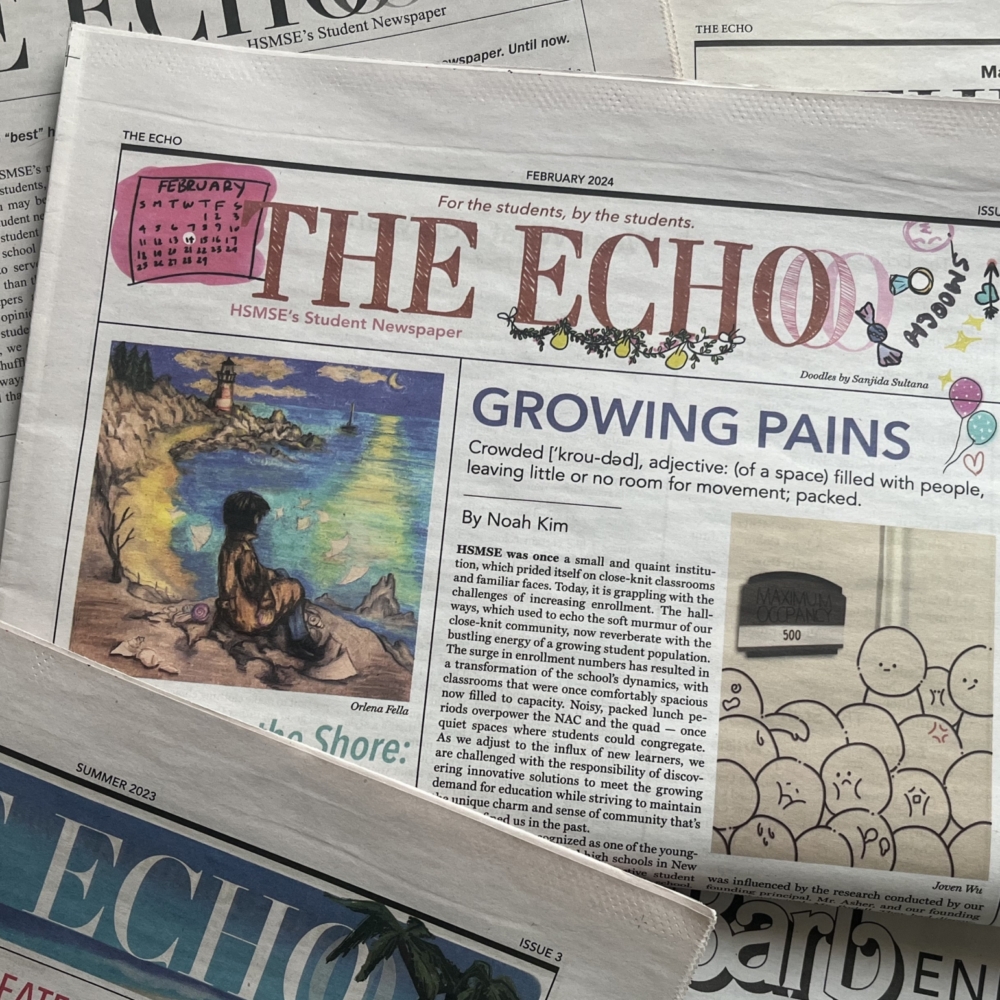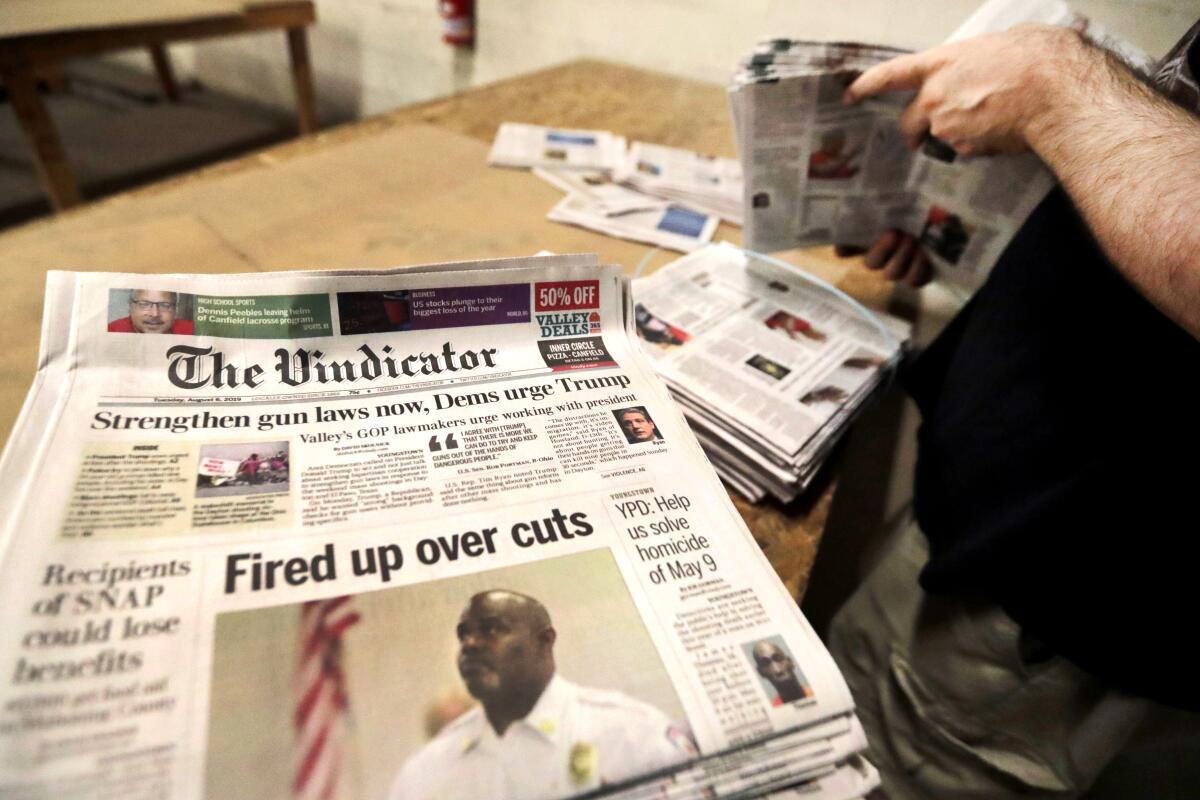The Main Principles Of News Articles
Table of ContentsThe Only Guide to News ArticlesThe 2-Minute Rule for News ArticlesAbout News ArticlesNews Articles Fundamentals ExplainedNews Articles - The Facts
Good expertise of different topics gives students a competitive side over their peers. Also though digital and social media sites are easily available, we should not forget just how crucial it is to review the papers. Moms and dads have to try and instill the practice of checking out a paper as a day-to-day routine to continue the tradition of the adored print medium.Newspaper article also include at least among the adhering to essential characteristics about the intended target market: distance, prestige, timeliness, human interest, peculiarity, or effect. The relevant term journalese is often used, normally pejoratively, to refer to news-style writing. An additional is headlinese. Newspapers generally adhere to an expository writing design.
Within these restrictions, news stories also aim to be thorough. Other aspects are entailed, some stylistic and some derived from the media type. Among the bigger and much more respected papers, fairness and balance is a major aspect in providing info. Discourse is typically constrained to a different section, though each paper may have a various overall angle.
Newspapers with a global audience, as an example, have a tendency to utilize a more official style of composing. The certain selections made by an information outlet's editor or content board are commonly accumulated in a style guide; common design overviews include the and the US Information Design Publication. The main goals of news writing can be summed up by the ABCs of journalism: precision, brevity, and clarity.
The smart Trick of News Articles That Nobody is Discussing
As a regulation, reporters will certainly not make use of a lengthy word when a brief one will certainly do. They use subject-verb-object building and dazzling, energetic prose (see Grammar). They provide anecdotes, examples and metaphors, and they hardly ever depend on generalizations or abstract ideas. Information writers try to stay clear of utilizing the exact same word more than as soon as in a paragraph (often called an "echo" or "word mirror").
Headings in some cases leave out the topic (e.g., "Leaps From Boat, Catches in Wheel") or verb (e.g., "Pet cat woman lucky"). A subhead (additionally subhed, sub-headline, subheading, caption, deck or dek) can be either a subordinate title under the major headline, or the heading of a subsection of the short article. It is a heading that precedes the main message, or a group of paragraphs of the major message.

Additional signboards of any of these kinds may show up later on in the write-up (particularly on subsequent web pages) to attract additional analysis. Such signboards are also made use of as guidelines to the post in other sections of the magazine or site, or as promotions for the item in other publication or websites. Normal framework with title, lead paragraph (summary in strong), other paragraphs (details) and contact info.
Instance of a hard-lead paragraph NASA is recommending one more room job. The firm's budget plan demand, revealed today, consisted of a strategy to send another mission to the Moon. This time the company intends to establish a lasting center as a jumping-off place for various other area adventures. The budget requests about $10 billion for the task.
The NASA statement came as the firm requested $10 billion of appropriations for the job. An "off-lead" is the second crucial front page information of the day. The off-lead shows up either in the leading left corner, or straight listed below the lead on the right. To "bury the lead" is Recommended Reading to begin the article with background information or information of additional significance to the viewers, compeling them to find out more deeply into a short article than they ought to have to in order to find the vital factors.
The 45-Second Trick For News Articles
Common usage is that or more sentences each create their very own paragraph. Journalists normally describe the company or structure of a news tale as an inverted pyramid. The essential and most interesting aspects of a story are placed at the beginning, with supporting details following in order of decreasing significance.
It permits individuals to explore a topic to just the deepness that their curiosity takes them, and without the imposition of details or nuances that they might think about unimportant, but still making that info offered to a lot more interested readers. The inverted pyramid framework likewise makes it possible for articles to be trimmed to any kind of arbitrary length during design, to suit the area readily available.
Some authors begin their stories with the "1-2-3 lead", yet there are lots of sort of lead available. This layout inevitably begins with a "Five Ws" opening paragraph (as defined over), adhered to by an indirect quote that serves to support a major component of the initial paragraph, and afterwards a direct quote to sustain the indirect quote. [] A kicker can describe numerous points: The last tale current program; a "pleased" story to end the show.
Longer articles, such as publication cover posts and the items that lead the inside sections of a paper, are understood as. Attribute tales differ from straight news in a number of methods.
The 6-Minute Rule for News Articles
The reporter commonly information interactions with interview subjects, making the item a lot more personal. A function's initial paragraphs commonly connect an appealing minute or occasion, as in an "unscientific lead". From the details of an individual or episode, its sight swiftly broadens to abstract principles concerning the story's subject. The area that signals what a feature has to do with is called the or signboard.

The Editor's Toolbox: A Referral Guide for Beginners and Professionals (2001) Allan M. Siegal and William G. Connolly. The New York Times Manual of Design and Use: The Official Style Guide Used by the visit this page Writers and Editors of the Globe's Most Authoritative Newspaper (2002) M. L. Stein, Susan Paterno, and R.